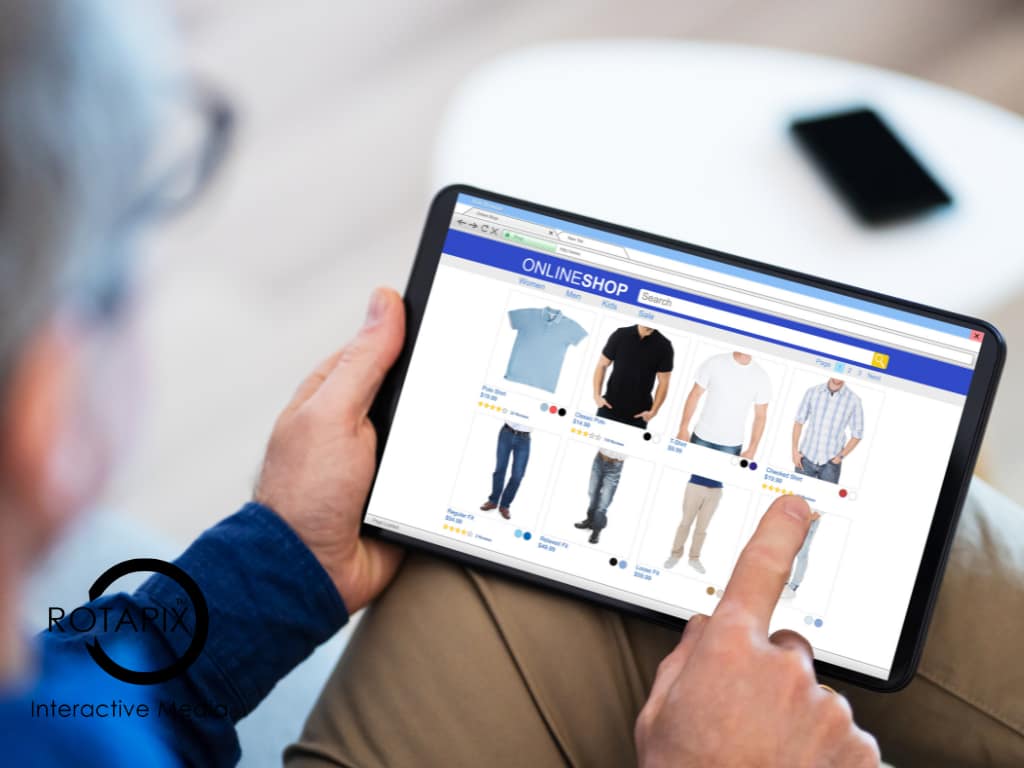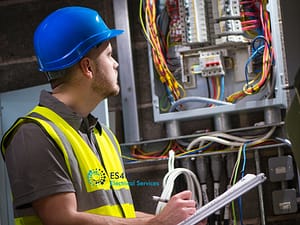Augmented reality website is rapidly becoming a game-changer in the eCommerce industry, offering immersive and interactive experiences that transform how consumers interact with products online. By overlaying digital information onto the real world, AR allows customers to visualize products in their own space before purchasing, enhancing decision-making and user engagement. For businesses, this means not only enriched customer experience but also increased sales potential and brand differentiation in a competitive market.
The importance of integrating SEO with augmented reality features on websites.
As AR ecommerce becomes more prevalent, integrating SEO with AR features on websites is becoming crucial. Effective SEO strategies ensure that these innovative AR experiences reach the target audience efficiently, driving traffic and improving conversion rates. Optimizing AR content for search engines can help businesses rank higher in search results, making their AR features more accessible to potential customers and providing a critical edge in the digital marketplace.
Understanding AR Content Indexing
How Search Engines View AR Content
Search engines traditionally index text-based content, but with the advent of AR, they are increasingly capable of understanding and indexing multimedia content, including AR experiences. This involves recognizing AR content on websites and understanding its context through associated metadata and markers. For effective indexing, AR content must be supported by structured data that search engines can parse to accurately classify and rank the content.
Challenges in AR Content SEO
One of the primary challenges in AR content SEO is the inherently visual and interactive nature of AR, which doesn’t lend itself as easily to text-based indexing methods. Ensuring that AR interfaces are discoverable by search engines requires innovative approaches, such as embedding descriptive text, using alt tags for images used in AR scenarios, and linking AR experiences directly from searchable content on the website.
SEO Strategies for Augmented Reality Websites
Keyword Optimization in an AR Setting
In an AR setting, keyword optimization must focus on terms that potential users are likely to search for when looking for AR shopping experiences. This includes phrases like “try it on AR,” “AR product demos,” or “interactive AR showroom.” For platforms like Rotapix, integrating these keywords strategically in the website’s content, including product descriptions, blog posts, and AR experience landing pages, is essential to enhance visibility.
Enhancing Visibility with Meta Data
Meta tags play a crucial role in enhancing the visibility of AR content. Titles and descriptions should clearly indicate the presence of AR features, using keywords that reflect the interactive and immersive nature of the content. Additionally, the use of schema.org metadata to mark up AR-related pages helps search engines understand the content’s purpose and relevance, potentially enhancing its display in search results.
Technical SEO for AR Websites
Site Structure and AR Navigation
The architecture of an AR website must facilitate both an intuitive user experience and be optimized for search engines. This includes organizing content logically and ensuring that AR features are easily navigable and accessible. For search engines, having a clean, clear structure helps bots crawl the AR content more effectively. Implement breadcrumb navigation and clear categorization of AR content, making it easier for users and search engines to find and understand the structure of your AR offerings.
Speed and Performance
AR applications tend to be resource-intensive due to their graphical and interactive nature. Optimizing the loading times and performance of AR experiences is critical to keep users engaged and reduce bounce rates, which can negatively impact SEO rankings. Techniques such as lazy loading, compressing AR assets, and using CDN for faster delivery can greatly enhance the performance. Regular testing and updates to ensure compatibility across all platforms and devices also play a crucial role in maintaining optimal performance.
Link Building for Augmented Reality Websites
Creating Link-Worthy AR Content
AR content inherently has a high engagement factor, but to make it link-worthy, it needs to offer value or novelty that compels users and other websites to link to it. This can include unique interactive experiences, such as virtual try-ons, immersive 3D tours, or educational AR modules that users find helpful or entertaining enough to share. Ensure that these experiences are easy to share, with visible sharing options and calls to action.
Strategic Partnerships and Collaborations
Forming strategic partnerships and collaborations can significantly boost the reach and credibility of your AR content. Working with platforms like Rotapix can help tap into their user base and gain authoritative backlinks that improve SEO. Collaborate on co-branded AR experiences, guest posts, or joint promotions that benefit both partners and provide fresh, engaging content for users.
Local SEO and AR for Retail
Integrating AR with Local SEO Efforts
AR can be a powerful tool for local SEO, especially for retail businesses looking to drive foot traffic. Use AR features to entice local customers by offering exclusive in-store AR experiences, or incorporate geo-targeted AR ads that only display when users are near your store. Ensure local business listings include mentions of your AR features and are optimized with local keywords.
User Experience and Engagement Metrics
Tracking User Interactions on AR Websites
Measuring user interaction on AR platforms is crucial to understanding engagement and optimizing user experiences. Tools like Google Analytics can be adapted to track AR interactions by setting custom events for user actions such as initiating an AR experience, time spent interacting with AR features, and completing tasks within the AR environment. Heat mapping tools can also provide visual insights into how users interact with AR elements, identifying hotspots and areas that may require optimization to improve user engagement.
Improving User Retention and Conversion
AR can significantly enhance user experience by making interactions more engaging and personalized. To leverage AR for improved retention and conversion, ensure that AR features are seamlessly integrated and relevant to the user’s journey. For example, AR try-ons in an eCommerce store can reduce doubts about a product fit, leading to fewer cart abandonments and higher conversion rates. Additionally, providing exclusive AR content can encourage repeat visits, enhancing both retention and long-term customer loyalty.
Future Trends in AR SEO
Emerging Technologies and Their Impact on SEO
As AR technology evolves, so too will the strategies for optimizing it for search engines. Technologies such as AI and machine learning are expected to play significant roles, enabling more sophisticated analysis of AR content and user interactions. This could lead to more dynamic SEO strategies where content and keywords are adjusted in real-time based on user behavior and preferences, further personalizing the AR experience.
Adapting to Changes in Search Engine Algorithms
Search engines are continually updating their algorithms to cater to new content types, including AR. To stay ahead, it’s essential to keep abreast of these changes and adapt SEO strategies accordingly. This might include more focus on mobile optimization, as AR is often mobile-centric, or enhancing the semantic content that accompanies AR experiences to ensure it aligns with search intents and algorithm updates.
Conclusion
The landscape of Ar ecommerce and SEO is rapidly evolving, requiring businesses to continually innovate and adapt their strategies to stay competitive. Embracing new technologies, experimenting with different AR applications, and staying updated with SEO best practices are essential for leveraging the full potential of augmented reality in enhancing online visibility and user engagement.








